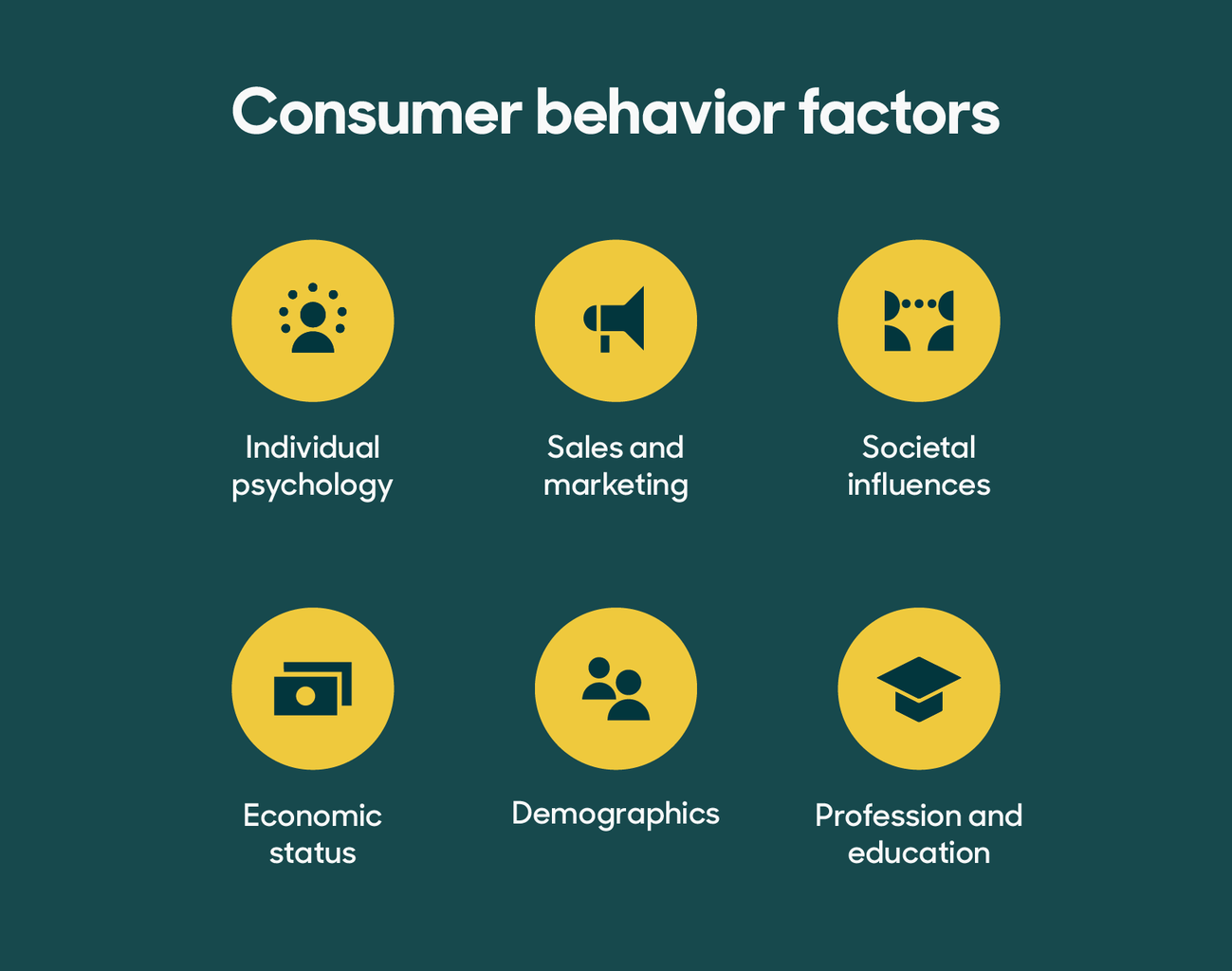As a copywriter in the tech niche, it is essential to have a deep understanding of consumer behavior in order to craft effective marketing messages. By tapping into the psychology of marketing, you can create content that resonates with your target audience and drives conversions. In this article, we will explore the key principles of consumer behavior and how they can be applied to tech marketing strategies.
The Power of Emotions in Marketing
One of the fundamental principles of consumer behavior is the role of emotions in decision-making. Studies have shown that emotions play a significant role in guiding consumer behavior, often more so than rational thinking. As a tech copywriter, you can leverage this knowledge by incorporating emotional triggers into your marketing messages.
For example, highlighting the convenience and time-saving benefits of a tech product can evoke feelings of relief and satisfaction in consumers. By tapping into these emotions, you can create a compelling narrative that resonates with your audience and drives them to take action.
The Influence of Social Proof
Another important aspect of consumer behavior is the influence of social proof. Consumers often look to the opinions and experiences of others to guide their purchasing decisions. By incorporating social proof into your marketing messages, you can build credibility and trust with your audience.
For example, featuring customer testimonials or case studies in your tech marketing content can provide proof of the value and effectiveness of your products. This social validation can help alleviate any doubts or hesitations consumers may have, ultimately leading to increased conversions.
The Impact of Cognitive Biases
Cognitive biases are another key factor that influences consumer behavior. These biases are mental shortcuts that our brains use to make decisions quickly and efficiently. As a tech copywriter, it is important to be aware of these biases and how they can impact the way consumers perceive and respond to your marketing messages.
For example, the anchoring bias is a cognitive bias in which individuals rely heavily on the first piece of information they receive when making decisions. By strategically presenting pricing information or product features first in your marketing content, you can leverage this bias to influence consumer perceptions and preferences.
The Role of Branding in Consumer Behavior
Branding plays a significant role in shaping consumer behavior. A strong brand identity can evoke emotions, build trust, and create loyalty among consumers. As a tech copywriter, it is important to communicate the unique value and personality of a brand in your marketing messages.
By incorporating brand imagery, messaging, and values into your tech marketing content, you can create a strong connection with your audience. This emotional bond can influence consumer behavior, driving brand preference and loyalty over time.
Conclusion
Understanding consumer behavior is essential for crafting effective marketing messages that resonate with your target audience. By tapping into the psychology of marketing, you can leverage the power of emotions, social proof, cognitive biases, and branding to drive conversions and build brand loyalty. As a copywriter in the tech niche, incorporating these principles into your content can help you create compelling and persuasive messages that engage and inspire consumers.
Remember, consumer behavior is dynamic and ever-evolving, so it is important to continuously monitor and adapt your marketing strategies to meet the changing needs and preferences of your audience. By staying informed and proactive, you can stay ahead of the curve and drive success in the competitive tech market.
